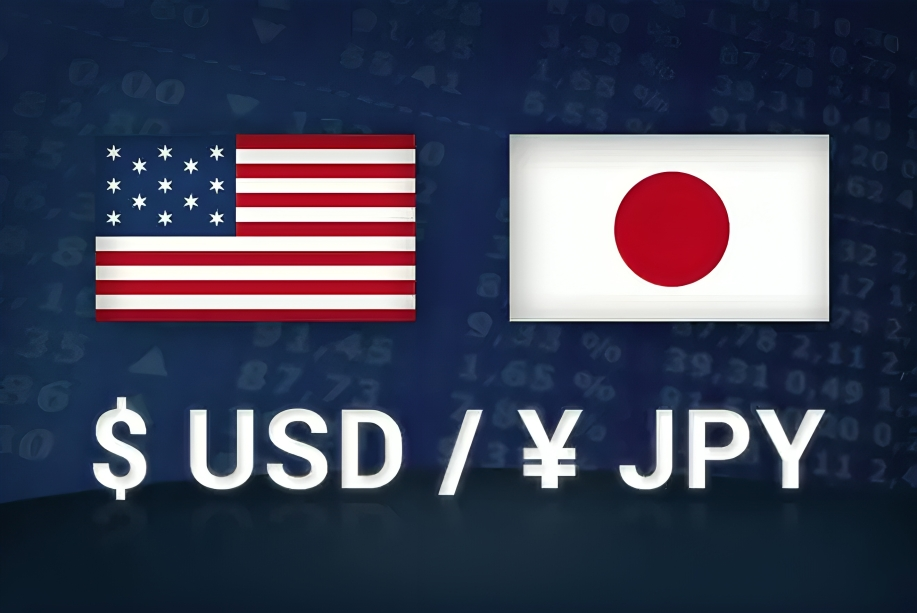JAPANESE YEN (USD/JPY) ANALYSIS
USD/JPY fell to a three-week low following a weaker-than-expected US CPI report, raising speculation about potential intervention due to the size and speed of the move.
You can now download our brand new Q3 Japanese Yen Technical and Fundamental Forecasts:
US Dollar Slumps After Inflation Eases Further—Stocks, Gold, and Silver Rally
USD/JPY plummeted over 400 pips in just 30 minutes yesterday afternoon, reaching 157.42, following a US CPI report that indicated a greater-than-expected easing of price pressures in June. This led to a significant drop in the US dollar, driven by heightened expectations for rate cuts, with the probability of a cut at the September 18 FOMC meeting peaking at 97%. While the dollar weakened across the board, the rapid decline in USD/JPY was particularly notable.
This sharp sell-off sparked speculation about potential intervention from the Bank of Japan (BoJ), especially as USD/JPY was trading near a 38-year high just before the CPI data was released. Reports suggest the BoJ may have been monitoring market prices, a form of verbal intervention that often precedes actual action, although this remains unconfirmed. Additionally, stop losses may have been triggered for traders holding long positions in USD/JPY over the past few weeks. Japanese officials have refrained from commenting on market speculation, leaving traders awaiting official data at the end of the month to determine if the BoJ or Ministry of Finance intervened.
In early European trading, the US dollar exhibited slight strength, pushing the USD/JPY back to 159.25. Despite several attempts to breach the 162.00 level over the past two weeks, the pair has faced strong resistance, highlighting the challenges ahead for the dollar against the yen. This persistent struggle to break through indicates a critical point for traders and investors alike. Current market indicators suggest a 46% likelihood that the Bank of Japan (BoJ) will raise interest rates by 10 basis points at the end of July.
Such a move could significantly impact the USD/JPY dynamics by narrowing the interest rate differential between the two currencies. A rate hike from the BoJ would not only support the yen but could also exert further downward pressure on the USD/JPY pair. With global economic uncertainties at play, traders are closely monitoring these developments, as any shift in monetary policy could influence market sentiment and trading strategies. As the USD/JPY navigates this complex landscape, the upcoming days will be crucial in determining whether it can finally overcome the 162.00 resistance or if it will continue to consolidate lower amidst changing interest rate expectations.
USD/JPY DAILY PRICE CHART

Chart using TradingView
Retail trader data indicates that 28.57% of traders are net-long on USD/JPY, with a short-to-long ratio of 2.50 to 1. The number of net-long traders has increased by 6.24% since yesterday and is up 19.65% from last week, while net-short traders have decreased by 24.54% from yesterday and 27.96% from last week.
Typically, we adopt a contrarian approach to crowd sentiment. The current net-short positioning suggests that USD/JPY prices may continue to rise. However, the reduction in net-short positions indicates that traders are less bearish than before. This shift in sentiment suggests that the ongoing trend in USD/JPY may soon reverse, despite the prevailing net-short positioning among traders. As such, while the current sentiment favors further price increases, caution is warranted as market dynamics could shift in the near future.

The USD/JPY fell to a three-week low after the recent US Consumer Price Index (CPI) report showed weaker-than-expected inflation, intensifying concerns about the Federal Reserve’s tightening plans. This unexpected dip has raised speculation about potential intervention from the Bank of Japan (BoJ) due to the swift decline in the currency pair. Traders are increasingly wary, as a rapid depreciation of the yen could impact Japan’s economic stability. Analysts are closely monitoring the BoJ’s response, weighing the balance between supporting the yen and maintaining loose monetary policy to encourage economic growth in the face of global uncertainties.







